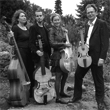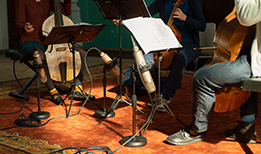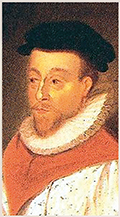Tracklisting / Samples
- 1-7 Johan Schenk: Suite G major (Scherzi Musicali)
- 8 Christiaen Herwich: Eerste Stuck “voor de fiool de Gamba"
- 9-13 Johan Schenk: Sonata VI (Le Nymphe di Rheno)
- 14 Christiaen Herwich: Tweede Stuck “voor de fiool de Gamba"
- 15-20 Johan Schenk: Sonata III (L’Echo du Danube)
- 21 Christiaen Herwich: Derde Stuck “voor de fiool de Gamba"
- 22-25 Philippus Hacquart: Suite (D major)
 "the galaxy recordings"
"the galaxy recordings"
For this Hybrid-SACD the internationally acclaimed ensemble "The Spirit of Gambo" recorded Dutch music for viola da gamba from the 17th century: Accompanied by violin and harpsichord they perform compositions from the viola da gamba virtuosos Johan Schenk, Christiaen Herwich and Philippus Hacquart.
The special sound of the gambas, the pieces sparkling with musical versatility and the musicians of The Spirit of Gambo performing with incredible virtuosity form the fascination of this SACD - likewise relaxing and exciting for the listener.
web / shop
 musicians
musicians
performing on this album "the galaxy recordings" :
Freek Borstlap - viola da gamba / Ivanka Neeleman - viola da gamba / Haru Kitamika - harpsichord / guest: Judith Freise - violin
surround recording in the Galaxy studios, Belgium - special features:
During another recordings session with The Spirit of GAMBO in the Laurentiuskerk, Mijnsheerenland near Rotterdam, we filmed the performing, rehearsals, and engineering on location. The blu-ray Disc documentating this session will be released later, but you are invited to look at some previews on the Stockfisch YouTube-Channel..
 The Spirit of GAMBO & friends
The Spirit of GAMBO & friends














